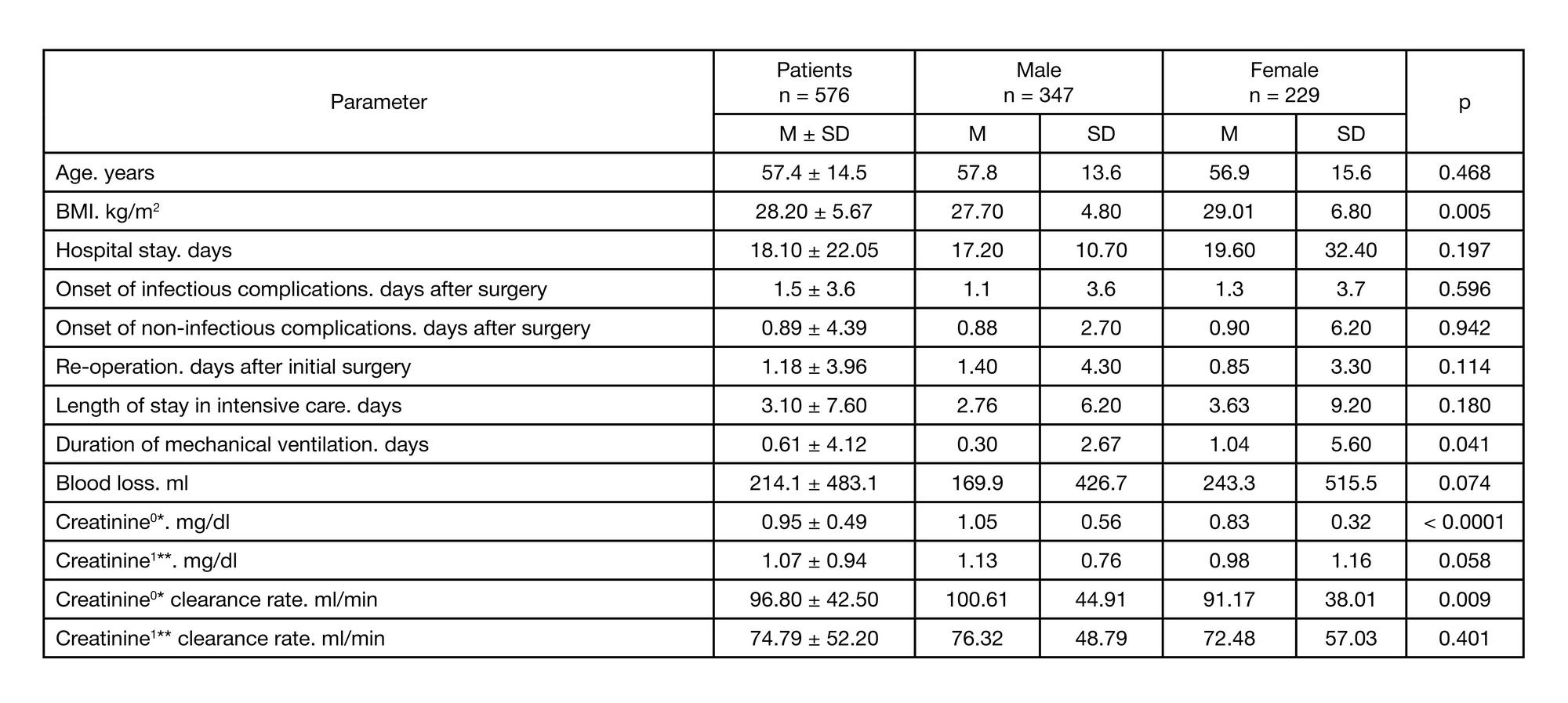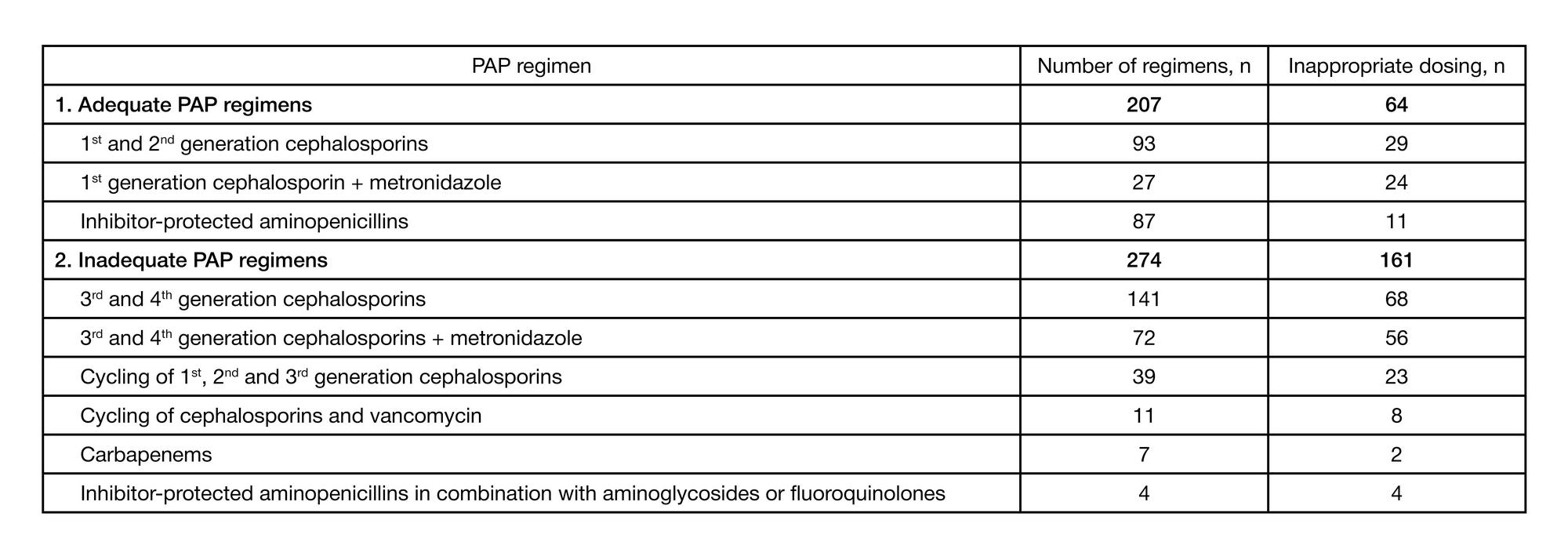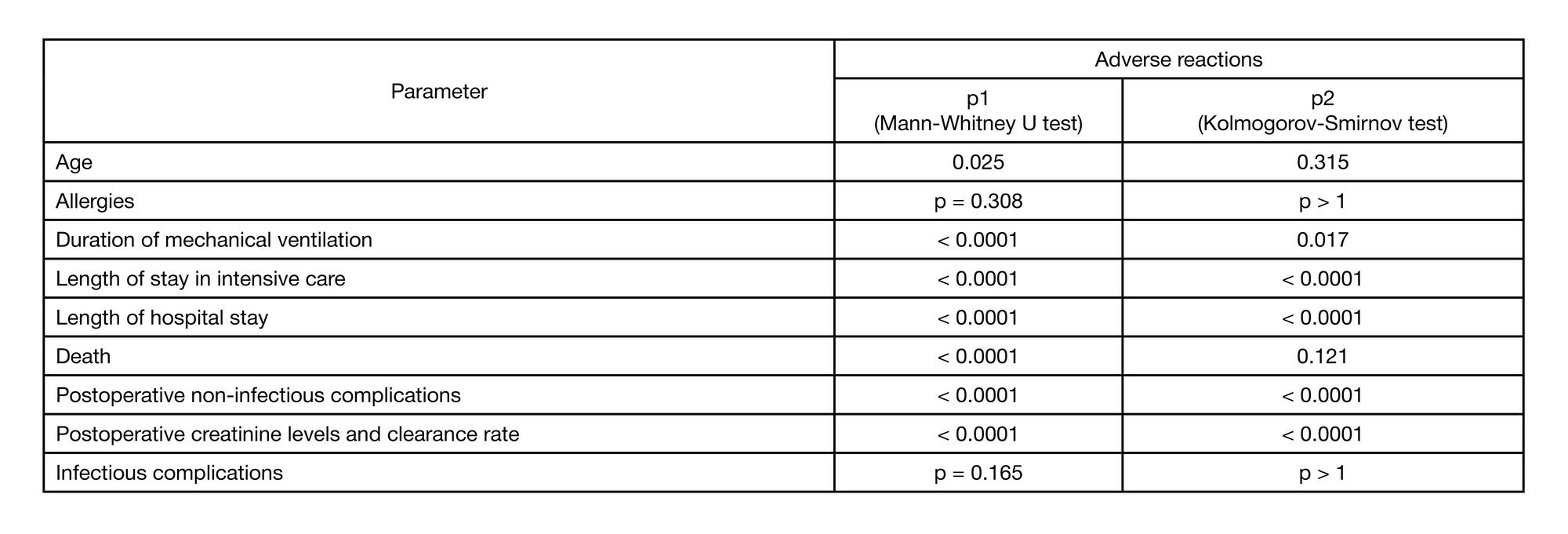
This article is an open access article distributed under the terms and conditions of the Creative Commons Attribution license (CC BY).
ORIGINAL RESEARCH
Assessment of perioperative prophylaxis of infectious complications in post-op patients
Department of Clinical Pharmacology and Propedeutics of Internal Diseases, Faculty of General Medicine, I.M. Sechenov First Moscow State Medical University, Moscow
Correspondence should be addressed : Maria V. Lukina
Bolshaya Pirogovskaya 2, str. 4, k. 106, Moscow, 119435; ur.xednay@0102kul-iram
Acknowledgements: the authors thank Oleg Babenko of Clinical Hospital No.1 of I.M. Sechenov First Moscow State Medical University for granting access to Hospital’s archived medical records.







